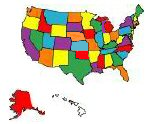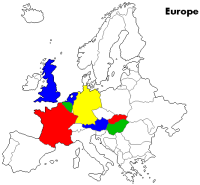Interesting Info and A Puffy Shirt . . .
Stanford expert says 80-85 percent of Texas hospital patients ‘have nothing to do with COVID-19.’
Scott Atlas, former chief of neuroradiology at Stanford University Medical Center and a senior fellow at Stanford’s Hoover Institution, said Monday that for people under 70, the death rate from COVID-19 is lower than or equal to the seasonal flu.
“When we see this focus on more cases, it doesn’t really matter how many cases — it only matters who gets the cases. We know that the infection-fatality rate for people under 70 is 0.04 percent — that’s less than or equal to the seasonal flu,” Atlas told Fox News’ “The Story.
3 States Account for 42 Percent of All COVID-19 Deaths in America
Despite the recent coronavirus surge in southern states, three states—New York, New Jersey, and Massachusetts—account for about 42 percent of COVID-19 deaths in America.
These three states account for nearly 56,000 of the nearly 133,000 deaths in the US, even though they represent just 10 percent of the population. If these three states are excluded, the US suddenly finds itself somewhere in between nations such as Luxembourg (176/1M) and Macedonia (166/1M), where some of the better fatality numbers in Europe are found.
Also, almost 50% of all U.S. deaths are in nursing home and assisted living facilities, and some individual states are much higher. 81% of deaths in Wisconsin were in nursing homes. And in fact most states have 40-50% of their deaths in nursing homes.
The following is from a Facebook post sent to me by one of our readers. Very interesting information.
My name is Brian C. Procter MD and I am a Board-Certified Family Physician in McKinney, Texas. I am a colleague of Dr. Ivette Lozano. I understand that you are trying to get the truth out about hydroxychloroquine.
I respectfully suggest that there is a much bigger issue/story here. Most commentators are discussing inpatient treatment only. If patients are admitted to the ICU then their chances of survival are dismal. But what happens when we treat patients 3-6 weeks earlier, when they first develop symptoms? I have been treating COVID-19 patients in the outpatient trenches for over 2 months now just like Dr. Lozano. I like her, I am using Hydroxychloroquine, azithromycin, losartan, aspirin, and zinc (all for less than $50 at my local pharmacy). We have identified, diagnosed, and successfully treated these patients at a relatively early point in the course of the disease.
It is these statistics that are amazing. I have treated over 50 patients without a single death, ventilator, or hospitalization. Dr. Lozano has treated twice that many with the same success. I even treated one patient that was discharged from a hospital the day before who was treated with IV fluids only for 4 days and released, still feeling terrible! We are two community docs using EARLY AGGRESSIVE OUTPATIENT TREATMENT to handle the disease with a 100% success rate (ZERO Admissions, ZERO).
Therefore, If we can treat patients EARLY for $50, we seem to be successful at preventing hospitalizations, ICUs, and death as well as saving tens of thousands of healthcare dollars per sick patient. My local ICU doctors have pleaded with me to keep doing what I am doing. The answer seems to be EARLY AGGRESSIVE OUTPATIENT TREATMENT and NOT contact tracing (which is communism and ! cannot even get the Public Health Dept. on the phone), quarantine (which destroys millions of lives), wearing masks (which is ridiculous as a long term solution w/o proven data), a vaccine (by the time we get it, likely won’t need it), social distancing (which won’t sustain or GDP with 25% occupancy), testing (ALL tests have a high false negative rate up around 20-30%), or watchful waiting (a tactic that has needlessly resulted in 100,000 deaths).
We could also place all Nursing home patients on HCQ prophylaxis for 180 days on a voluntary basis of course. This could theoretically prevent thousands of needless hospitalizations and deaths.
In conclusion, if we treat COVID-19 just like anything else we treat (i.e., the flu, pneumonia, a sinus infection, hypertension, and diabetes) early and aggressively with a regimen that costs $50 out of pocket or less with 100% success (which is a far better stat than treating all those other conditions), then why is the country shut down and doing social distancing? This political sham must stop.
The American people deserve to know they can go to their regular doctor and get treated early with a regimen that is completely safe and extremely effective, and they do not need to worry about ending up in the hospital and dying. The public is UNAWARE of this, please educate them with the truth. The country needs to return to normal NOW.
This is the REAL story. Please feel free to contact me with questions. My heart goes out to all those who have needlessly suffered and continue to suffer during this sham crisis and a disease that is extremely treatable if treated EARLY!!!
BRIAN C. PROCTER MD
Another in our Where We Were 11 Years Ago Today series.
July 10, 2009
Night (or Day) at the Museums…
We have really been enjoying the unseasonable cool temperatures here in Washington. Normally, it would be in the mid 90’s here in the day time and in the 70’s at night.
Instead, it has been in the low 80’s in the day time and the low 60’s at night. I just read that New York City had its coolest June since 1958.
So much for Global Warming.
We took the Metro into DC again this morning, but only the Orange line. We didn’t have to change trains this time since the Orange goes right past the main Smithsonian museums, the Museum of American History, and the Museum of Natural History.
We started out with the American History Museum in the Contemporary Culture area.
Besides Archie Bunker’s chair, they also had Jerry Seinfeld’s infamous “Puffy Shirt”.
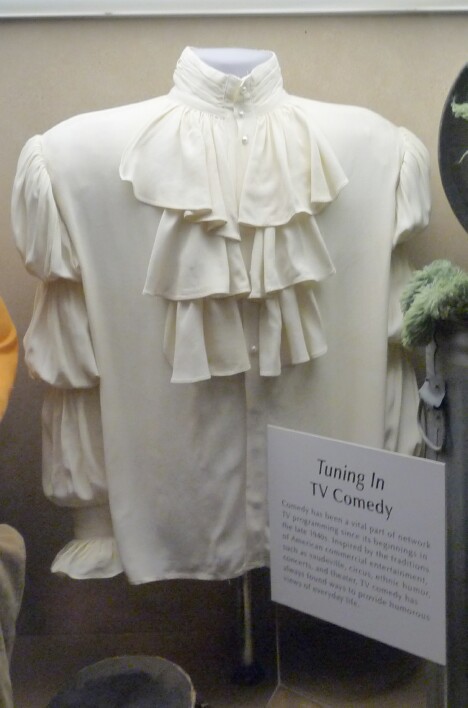
And, of course, Judy Garland’s Ruby Slippers from the “Wizard of Oz”.
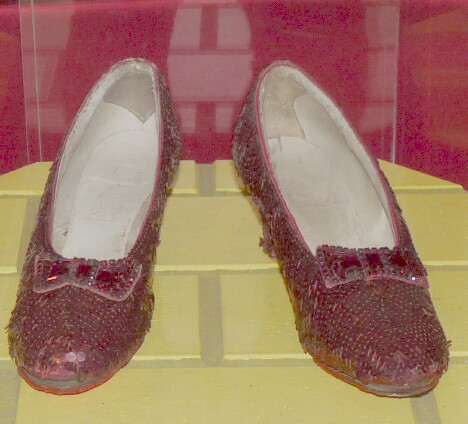
They also had a entire Lincoln exhibit, including the derringer that John Wilkes Booth used to kill him, and the top hat Lincoln was wearing when he was shot.
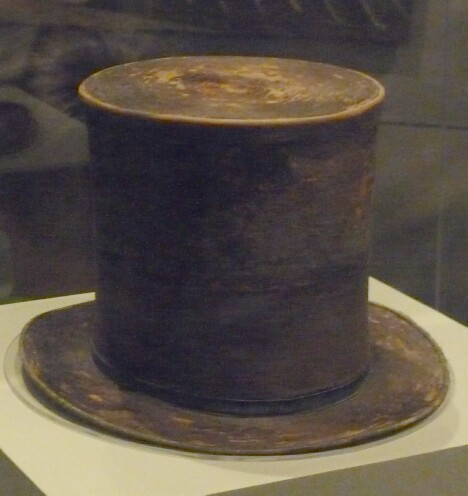
They also had a large piece of the Berlin Wall, complete with graffiti.

In the Transportation exhibit, they had a Travel Trailer from the 1930’s that it looks like we could be right at home in.
A little cramped, maybe, but right at home.
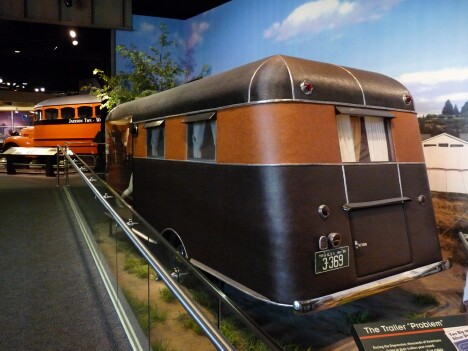
In the History section they had the gunboat “Philadelphia” that was built and sunk in 1776. The “Philadelphia” is the only surviving gunboat built and manned by American Forces during the Revolutionary War. Salvaged from Lake Champlain in 1935, hundreds of items were recovered from the vessel. These relics included shot, cooking utensils, tools, buttons, buckles and human bones.
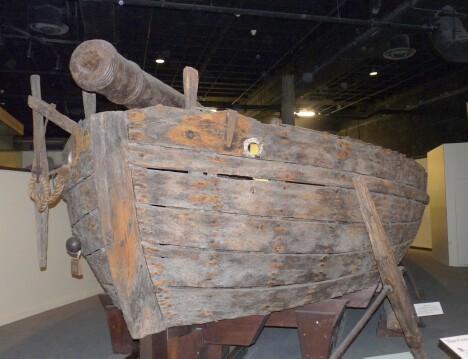
But Jan and I both agree that the most impressive exhibit was the actual flag that flew over Fort McHenry in 1814 during the British attack that inspired Francis Scott Key to write the “Star Spangled Banner”.
This is a picture from the Internet since they don’t allow photographs any longer.
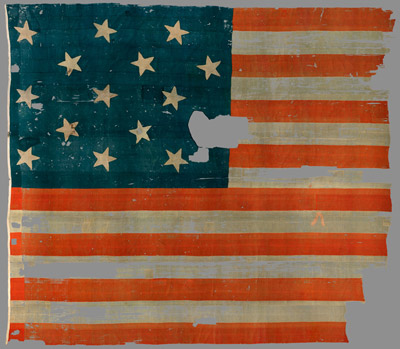
The original flag was 30 by 42 feet with 15 stars and 15 stripes. At the time it was the practice to add a star and a stripe for each new state.
I guess they didn’t anticipate 50 states some day. It was 1818 before the flag was standardized at 13 strips
The flag is now about 30 x 38 feet and has a star missing due to souvenirs being cut off before the 1880’s.
It’s hard to look at this flag and not get a catch in your throat.
After lunch at the Museum Cafeteria, we headed down the street to the Museum of Natural History.
Maybe the most impressive thing we saw was the Hope Diamond.
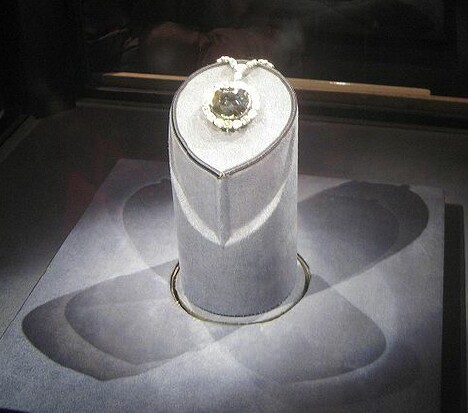
The deep blue Hope Diamond is presently 45.52 carats, but its first known precursor was the 115 carat Tavernier Blue that was sold to Louis XIV of France in 1669. It was apparently brought back from India by a French merchant-traveler named Jean-Baptiste Tavernier.
It was later cut down to a 67-1/8 carat stone called the French Blue.
It is not known when the French Blue was cut down to the Hope Diamond, but the first time it was seen in its present form was in 1812.
After wandering thru more exhibits than I can remember, we headed back to the Metro station to catch a train home before the going-home rush hit.
We got on the first train and headed out…for one stop.
Then our train broke down. And we all had to get off the train.
Luckily, we were at a station when it died. It was a half hour before they got our broke train out of the way. And then it was another 15 minutes before another train pulled in. And it was full. And so were the next 3 or 4.
So an hour later, we were finally on our way. So much for getting an early start.
Tomorrow, we plan to see George Washington’s home, Mount Vernon.
Thought For The Day:
I usually know right from wrong. Unfortunately wrong is usually the fun one.





